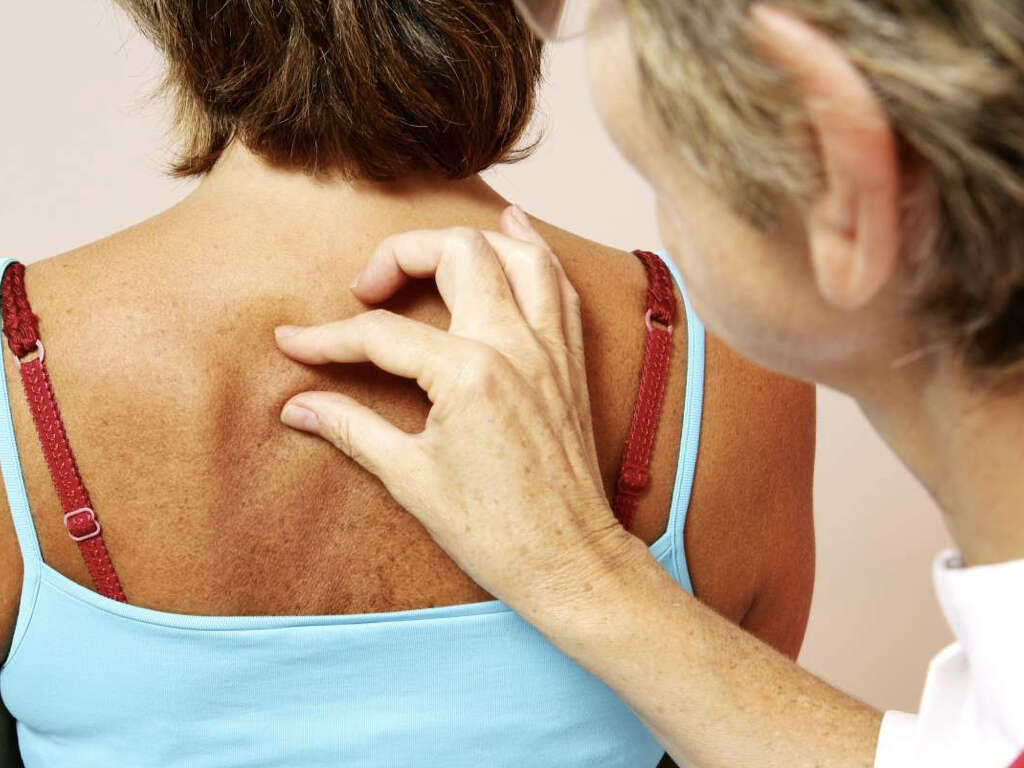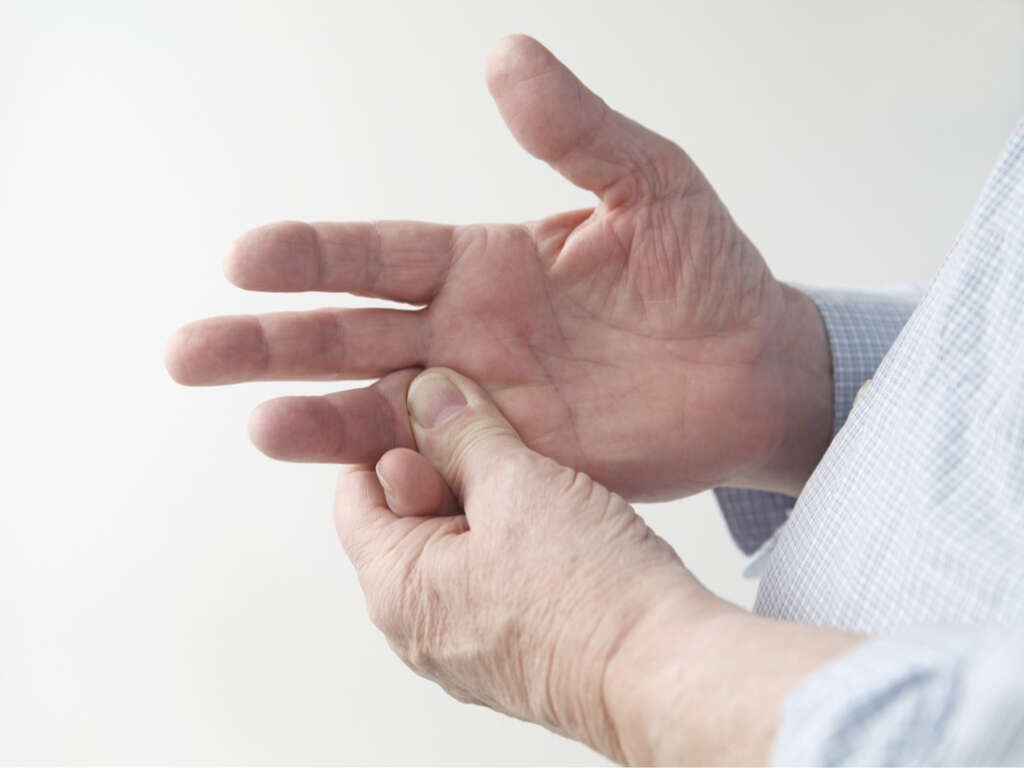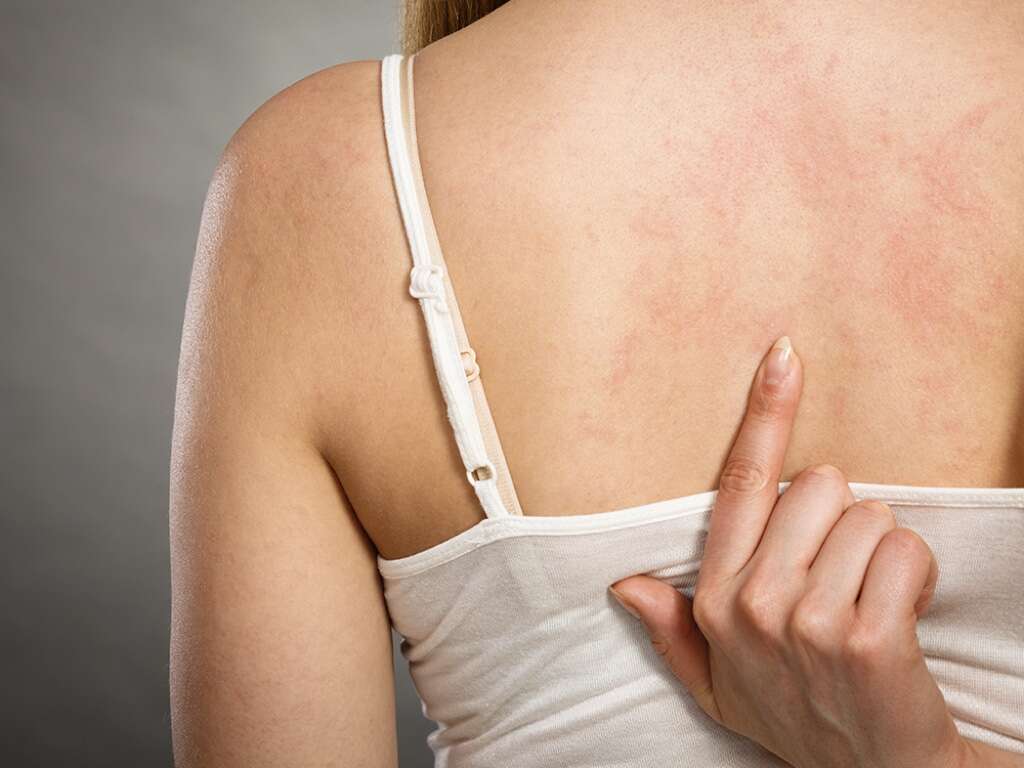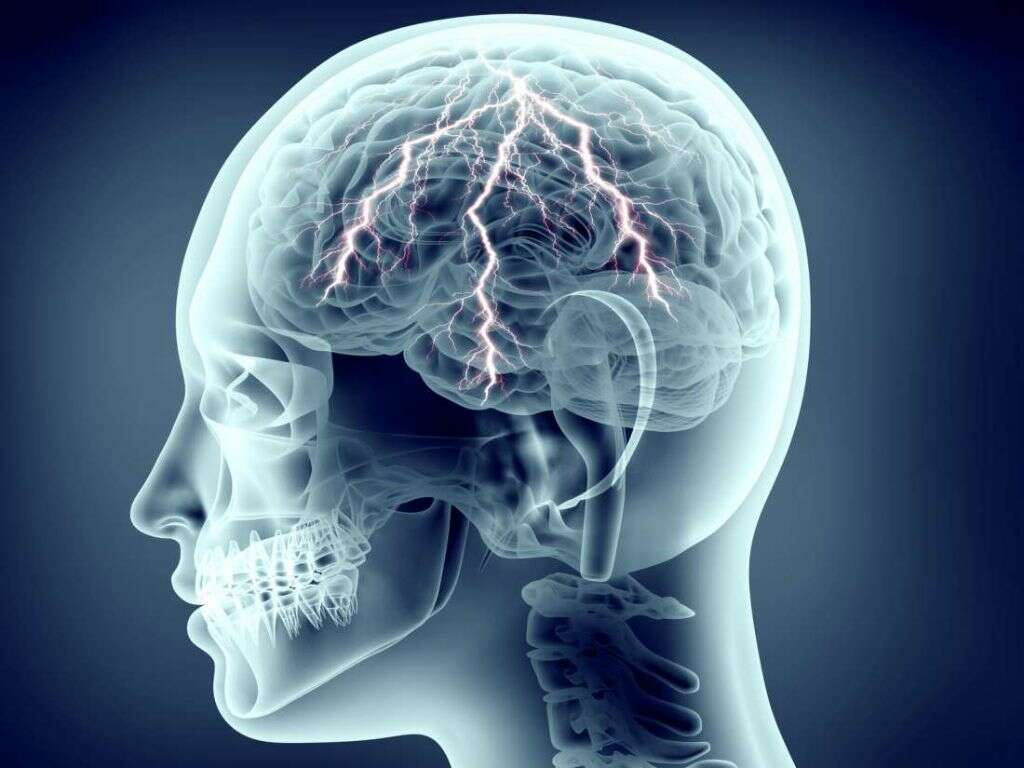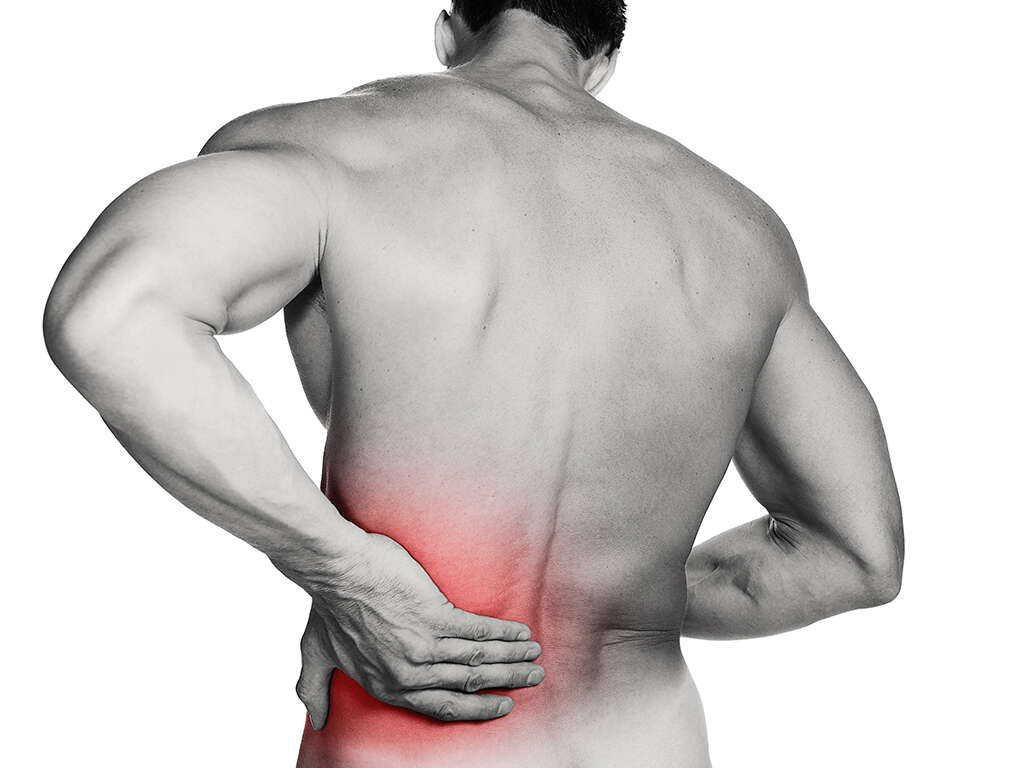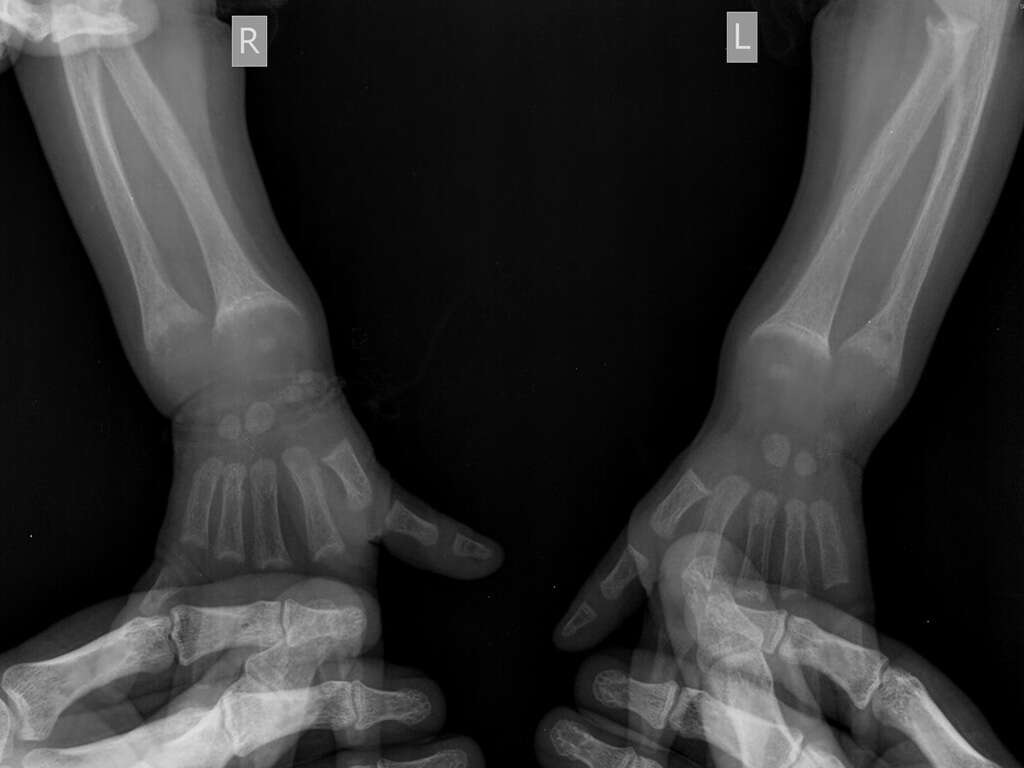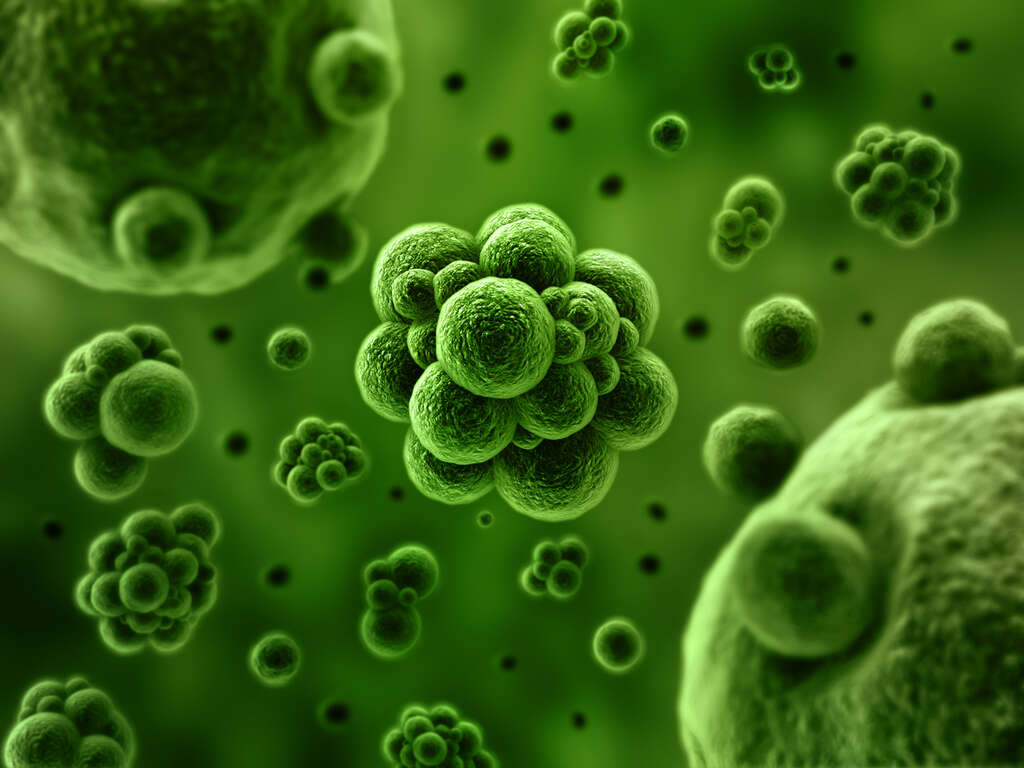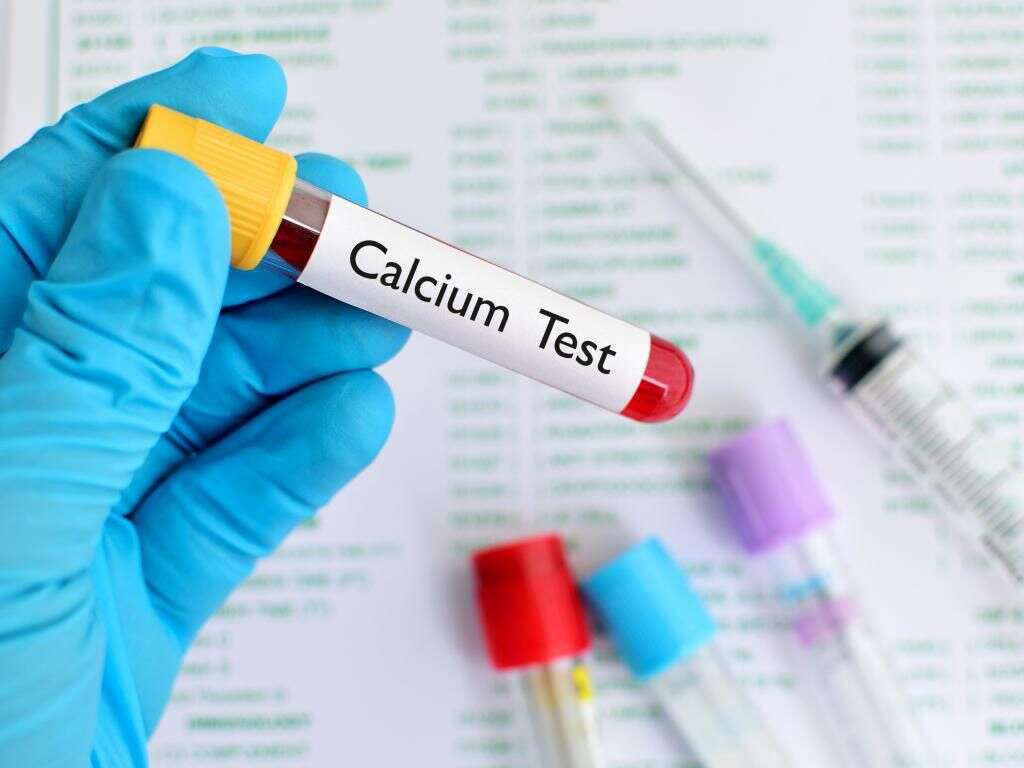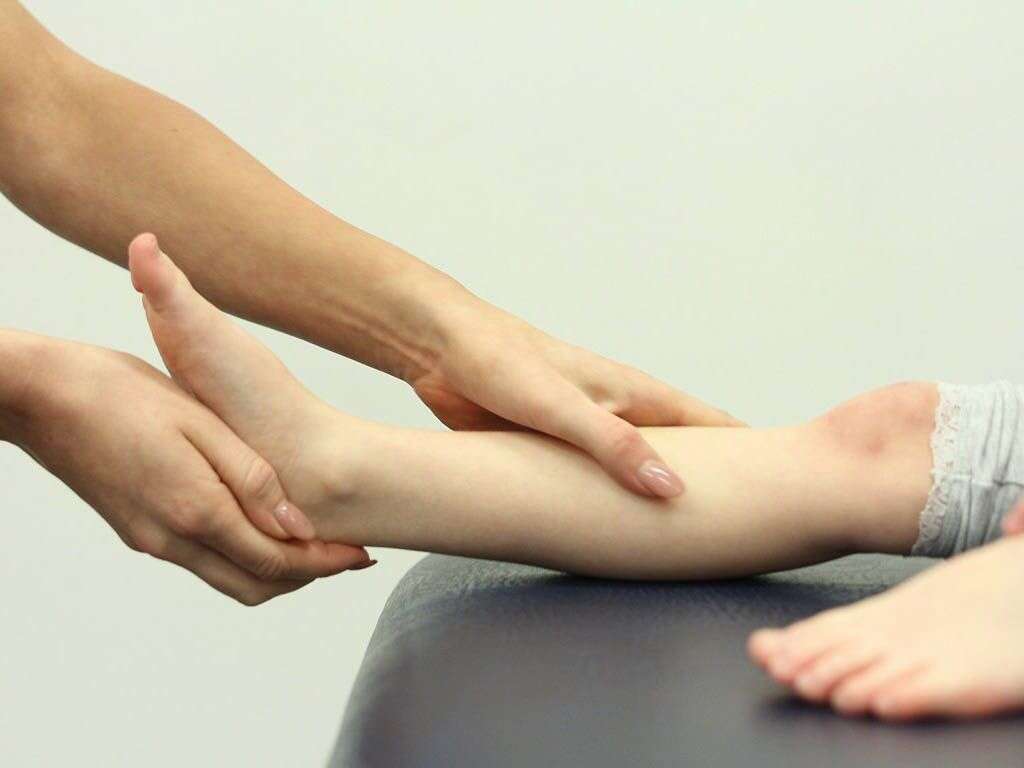What Is Osteomalacia?
It is well known that calcium is important for our skeleton, and that children in particular should have plenty of it in their diet. The mineral is essential for helping our bones to grow strong, but other elements are also required. One of these elements is vitamin D.
Vitamin D also helps to give our bones their strength and rigidity and if there is not enough of it in the body, the patient’s bones will become softer than usual. This is a condition known as osteomalacia and it can cause some very unwelcome symptoms. Thankfully, however, the condition is fairly easy to treat in most cases.
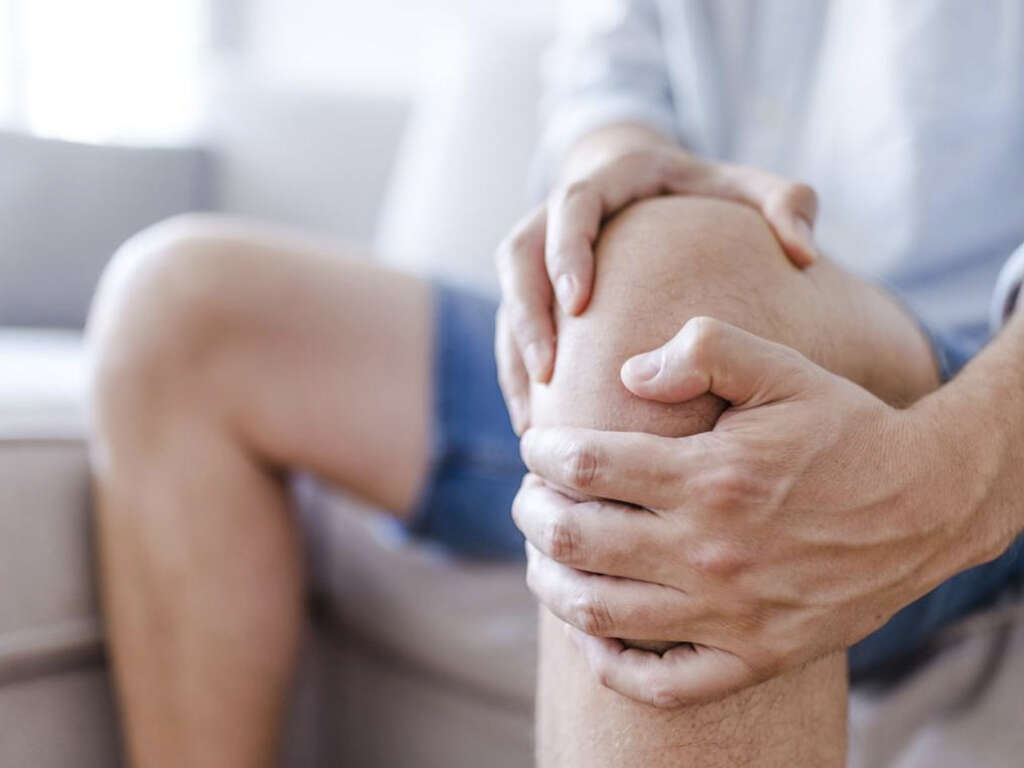
1. Osteomalacia
Our bones are made from hard materials. They need to be because they have to take a lot of weight day in, day out. It is also important that children get all the nutrition they need at an early age to ensure their skeletons develop properly. It is also important that adults continue to eat a balanced diet to help ensure the ongoing good health of their skeletons.
Osteomalacia is a condition where the patient’s bones are softer than usual. When this happens in young children, it can result in their bones becoming bent as they grow. There are a number of potential causes for the condition.
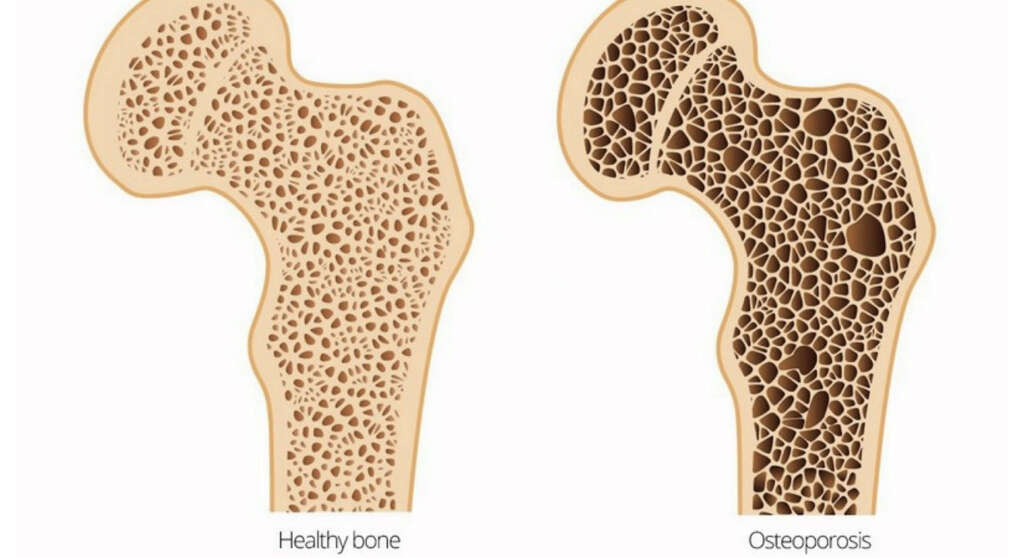
2. Vitamin D Deficiency
Vitamin D deficiency is the leading cause of osteomalacia. It is often known as the sunshine vitamin because it is manufactured in the skin when the skin is exposed to sunlight, while it also has an impact on our mood. It is also important for the health of our skeletons.
While some vitamin D can be found in our food, we still need access to the sun to help ensure our skeletons are healthy and strong. This is a particular problem for people living in parts of the world that have extended periods of darkness. It is also a problem for people who spend a lot of their time indoors with no access to natural light.
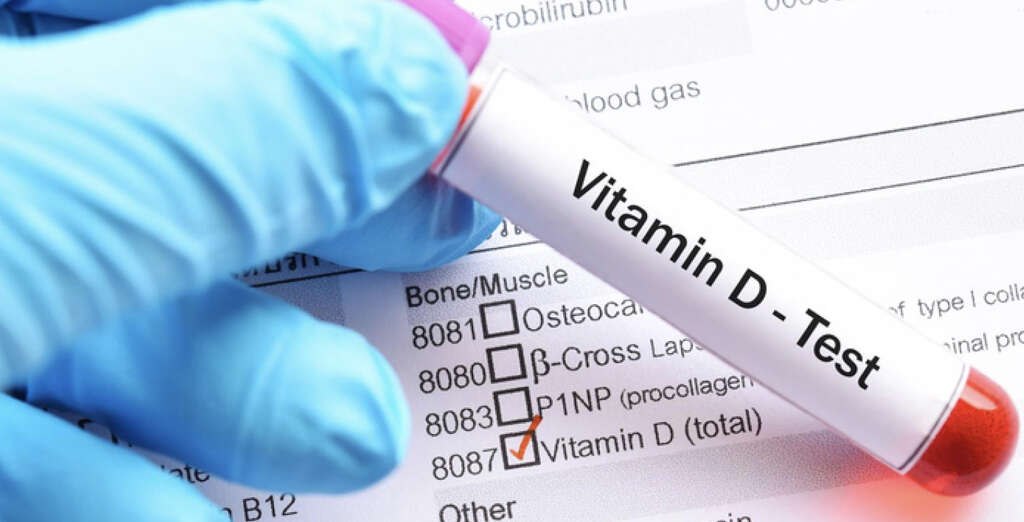
3. Celiac Disease
Celiac disease is a type of autoimmune condition, which means that the patient’s body is being attacked by its own immune system. Celiac disease causes the inner lining of the digestive system to be attacked specifically. This happens as a reaction to gluten, which is a type of protein found in some grains. The reaction will result in various unwelcome symptoms.
Celiac disease will mean that the patient is unable to absorb enough vitamin D and calcium from their food. Other potential medical causes include disorders with the liver or kidneys. This is because these organs are important for activating the vitamin in your body.
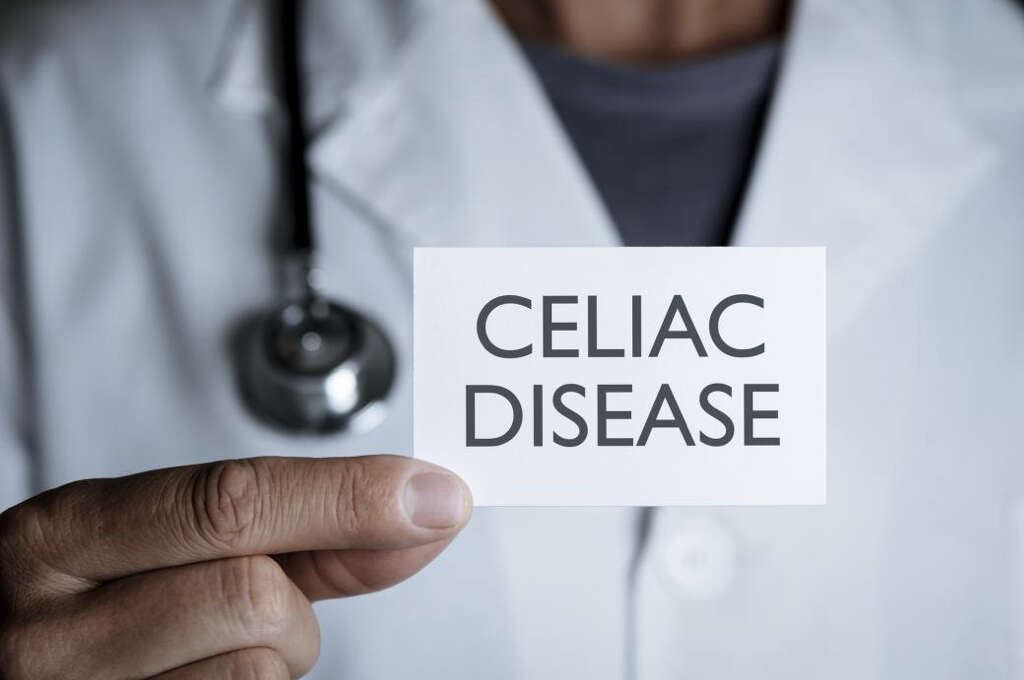
4. Surgery
Another potential cause of osteomalacia is surgery. Some people will have surgery that will remove a part of their stomach. This will often happen in people that have a serious problem with obesity and have part of their stomach removed to reduce how much they can eat. Such operations can result in complications, including the patient not being able to absorb enough nutrients.
Some medications can also cause a vitamin D sufficiency and, by extension, cause osteomalacia. These tend to be medications that are used to help prevent seizures. You should always take advice from your doctor regarding medication, and you should always let them know if you are experiencing any unexpected side-effects.
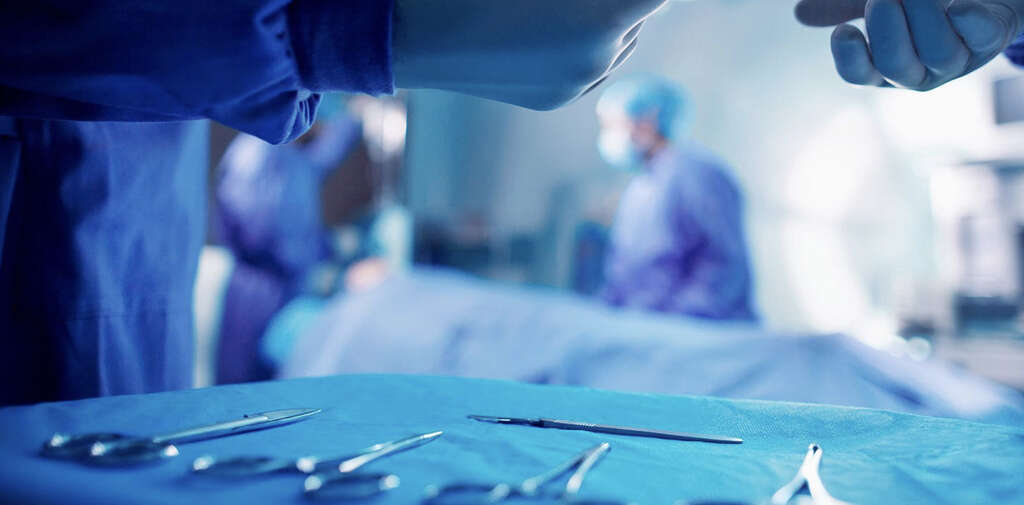
5. Symptoms
Patients will not usually experience any symptoms from osteomalacia early on. As the condition develops, however, patients can begin to find that their muscles feel weaker, and that there is pain in their bones. The pain is often described as an aching pain, and will likely be located in the lower back and in the lower parts of the body.
The pain will usually subside with rest. However, the patient will feel more pain when they put pressure on their bones, and the pain will likely be worse at night. The condition can also make it harder for the patient to walk and they can develop an unusual gait.

6. Whose A Risk
Those people most likely to develop osteomalacia are also those that are exposed to the underlying causes. For example, people that use certain medications and have undergone certain surgical procedures need to be careful. Regular check-ups will likely be advised for people at risk to help catch any problems early.
People that don’t have access to a healthy diet are also at risk, as are people that have only limited access to daylight. In many cases, these are people that are hospitalized, or are housebound, A lack of sunlight can also contribute to depression, so there is more than one reason why people should have access to sunlight.

7. Complications
As mentioned, some patients can develop bow legs if they have the condition when they are still developing. They will likely remain permanently disfigured and it can make it difficult for them to walk. The condition can also cause potentially severe problems for grown adults.
Osteomalacia can mean that the patient’s bones are more likely than usual to break. The bones in the legs, ribs, and spine are particularly vulnerable. Broken bones are notoriously painful, while they can also cause other severe problem such as the risk of infections. Patients with the condition will need to be especially careful not to injure themselves.

8. Prevention
Preventing osteomalacia is relatively straight forward in many cases. One way is to make sure that you have plenty of vitamin D in your diet, and this means plenty of dairies and oily fish. Supplements can also be used to help, and these may be necessary for people with digestive system problems.
Getting plenty of sun is another way to prevent the condition. There is no consensus on how much sun you need, but most people will get all they need as they go about their lives. If you do know somebody that is unable to leave their home, then you should do what you can to help them out of their homes sometimes.

9. Diagnosis
If osteomalacia is suspected then several tests may be necessary in order to diagnose the condition. One test you are likely to be asked to undergo is X-rays that will help to look for damage to the bones that is typical of osteomalacia. Urine and blood tests will also help to look for other signs, such as low calcium and vitamin D levels.
These are usually enough to get a confirmation but in a rare number of cases, further information will be needed. This can mean that doctors will need to take a biopsy of the patient’s bone. It is an invasive procedure and is only used as a last resort, but it will be able to confirm the condition if it is present.
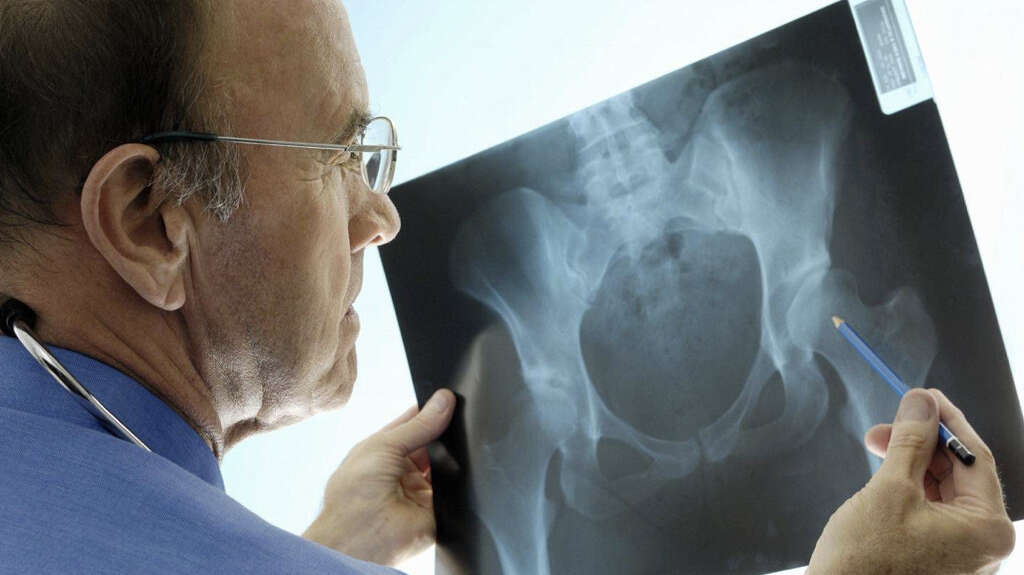
10. Treatment
Damage from osteomalacia, like bow legs, cannot be treated. Patients will also sometimes need treatment for broken bones. Other than that, treatment for osteomalacia is usually fairly straight forward. It can usually be achieved with help from a change of diet, and ensuring the patient gets outside regularly.
People that have issues with their digestive system can be prescribed supplements to help ensure they get all the nutrition that they need. Treatment for underlying causes like liver and kidney problems will also be necessary in some cases. Treatment for osteomalacia should begin as soon as the condition is diagnosed to help prevent permanent damage from occurring.




